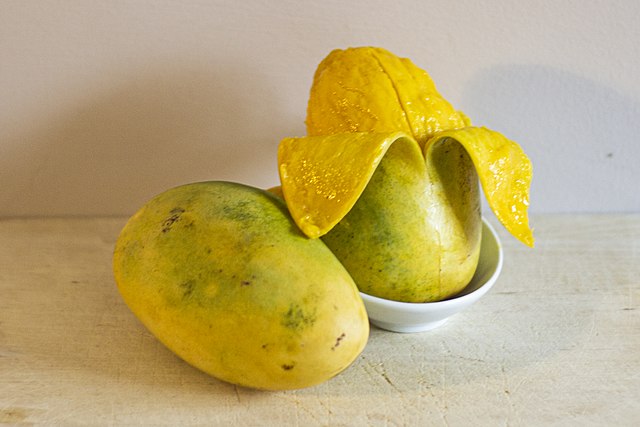Mexico’s mango farmers overcame the El Niño and drought to harvest a record 2.23 million tonnes, 0.03% more than 2022’s.
The Agriculture and Rural Development Ministry (Sader) stated that the momentous harvest also dwarfed that of 10 years ago by 39%. Back in 2013, the count had peaked at 1.604 million mangoes.
This 2023 harvest had also a slim edge of 0.18% over that of 2022 in terms of the yield rate. While the 2022 yield rate per hectare (ha) was 10.83 tonnes, that for 2023 reached 10.85 tonnes.
Driving this reaping was the fact that Mexico’s mango orchards expanded by 5% in 2023, reaching acreage of 219,452 ha.
5 States Tilt the Balance
The appetizing harvest also owes its success to five Mexican states that accounted for 76% of the national production.
Leading the way was Sinaloa, which etched its name on the production map with 475,324 tonnes.
Guerrero, the southwestern state, followed with 417, 209 tonnes, while the western region’s Nayarit reaped 323,117 tonnes. Nayarit is also, alongside Michoacán, a key producer of Mexico’s other national export fruit, the avocado.
Chiapas in the south and Oaxaca in the earthquake-prone region accounted for 272,151 and 213,960 tonnes, respectively.
Mexico Mango Production Demographics
Apart from the above quintet, mangoes in Mexico grow in 18 other states. These offer diverse demographics that allow for different harvest times. This is why the data for the 2023 harvest covered the period between January and November of the year.
The peak harvest, however, is usually April through August, when the country picks 80% of its total mango crop.
Mexico ranks fifth in world mango production and it offers one of the most diverse range of varieties. Out of some 14 cultivars, one is ubiquitous in the streets, namely the Atúlfo, a yellow-tinged and sweet mango.
Mexico’s mango success story is rather surprising as the tropical fruit is not native to the country. Since the 1500s when Spanish explorers brought them here, mangoes have adapted amazingly well to the country’s soil and climate.
Prices Mostly Low
Price influences mango diets in Mexico, with the most popular consumption modes being raw, in salsa dishes and in cocktails.
Given that each Mexican eats 13 kilograms of mango per capita, it is not surprising that prices are low to accommodate the appetite.
The Atúlfo variety sees its lowest price of between $0.44 to $0.46 a pound from April to August.
General prices of Mexico’s mangoes for most of the year average between $1.02 and $1.06 per kilogram.
